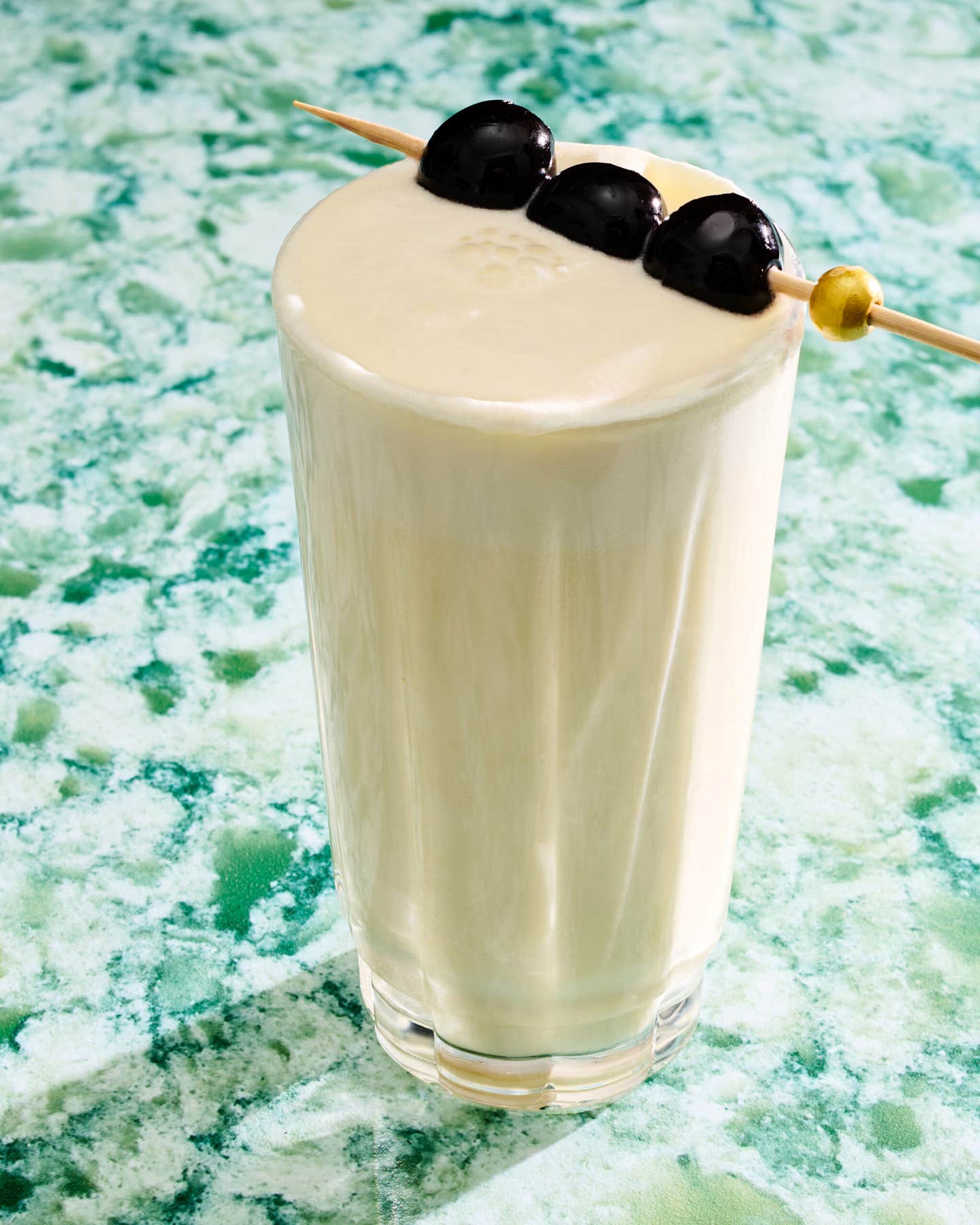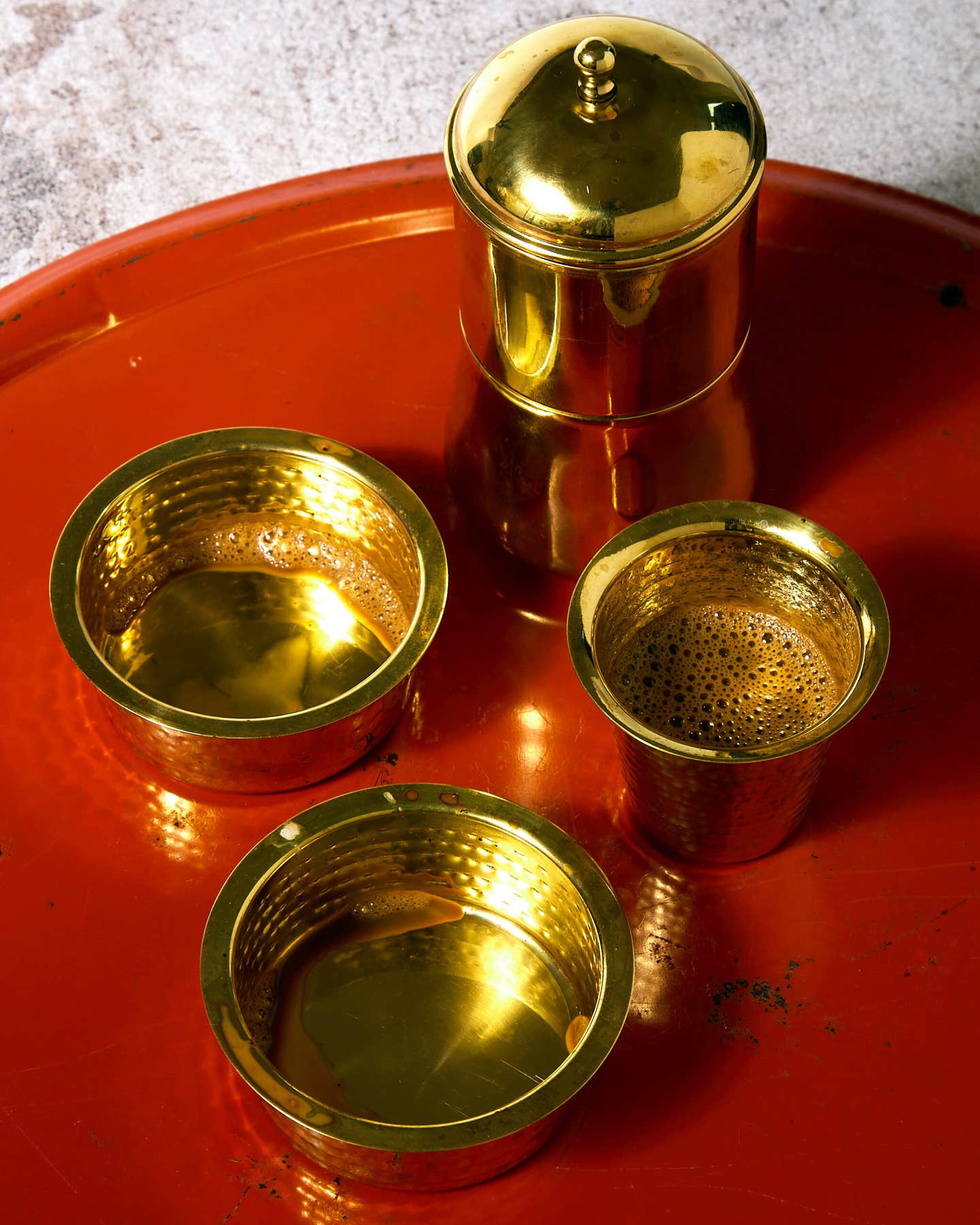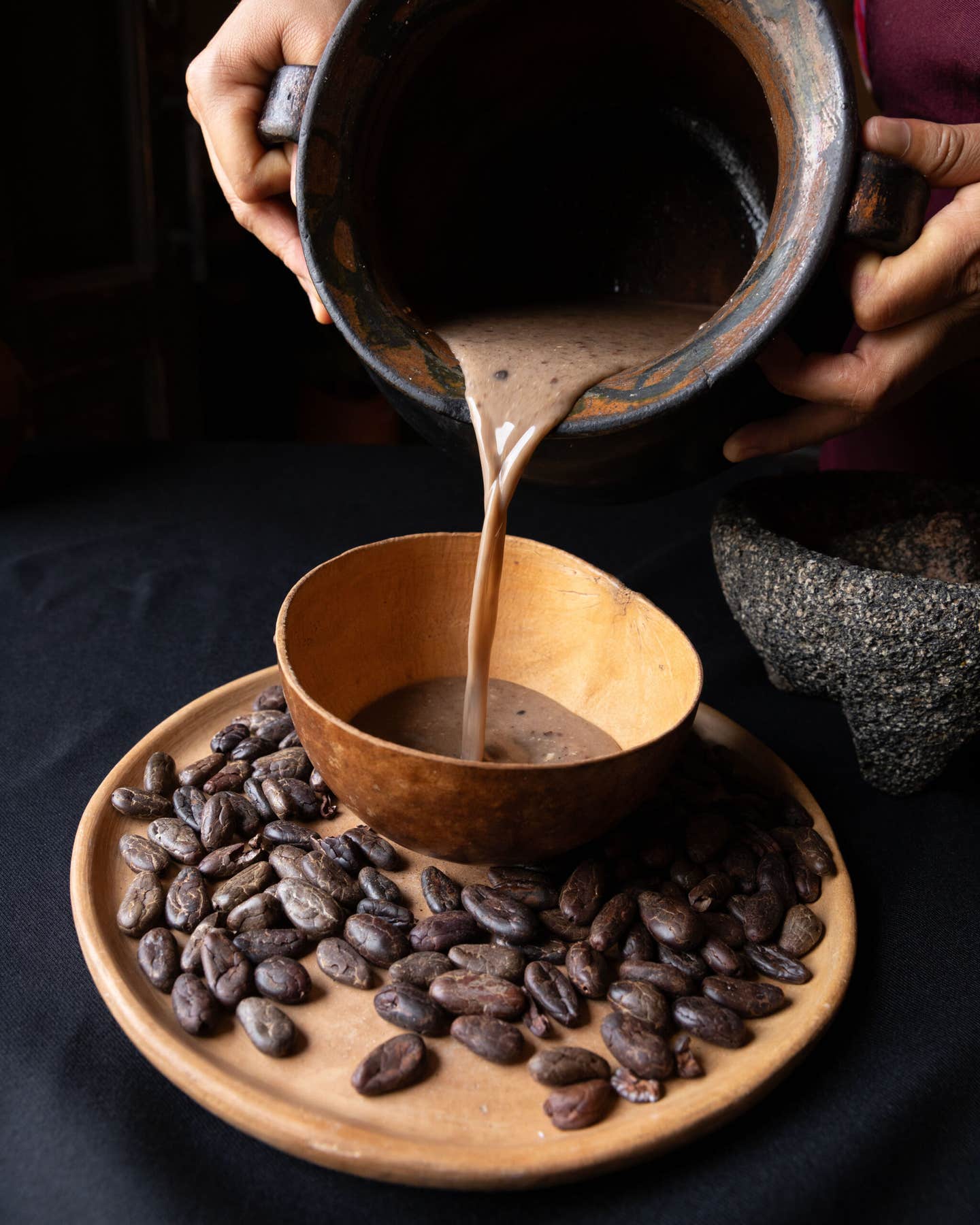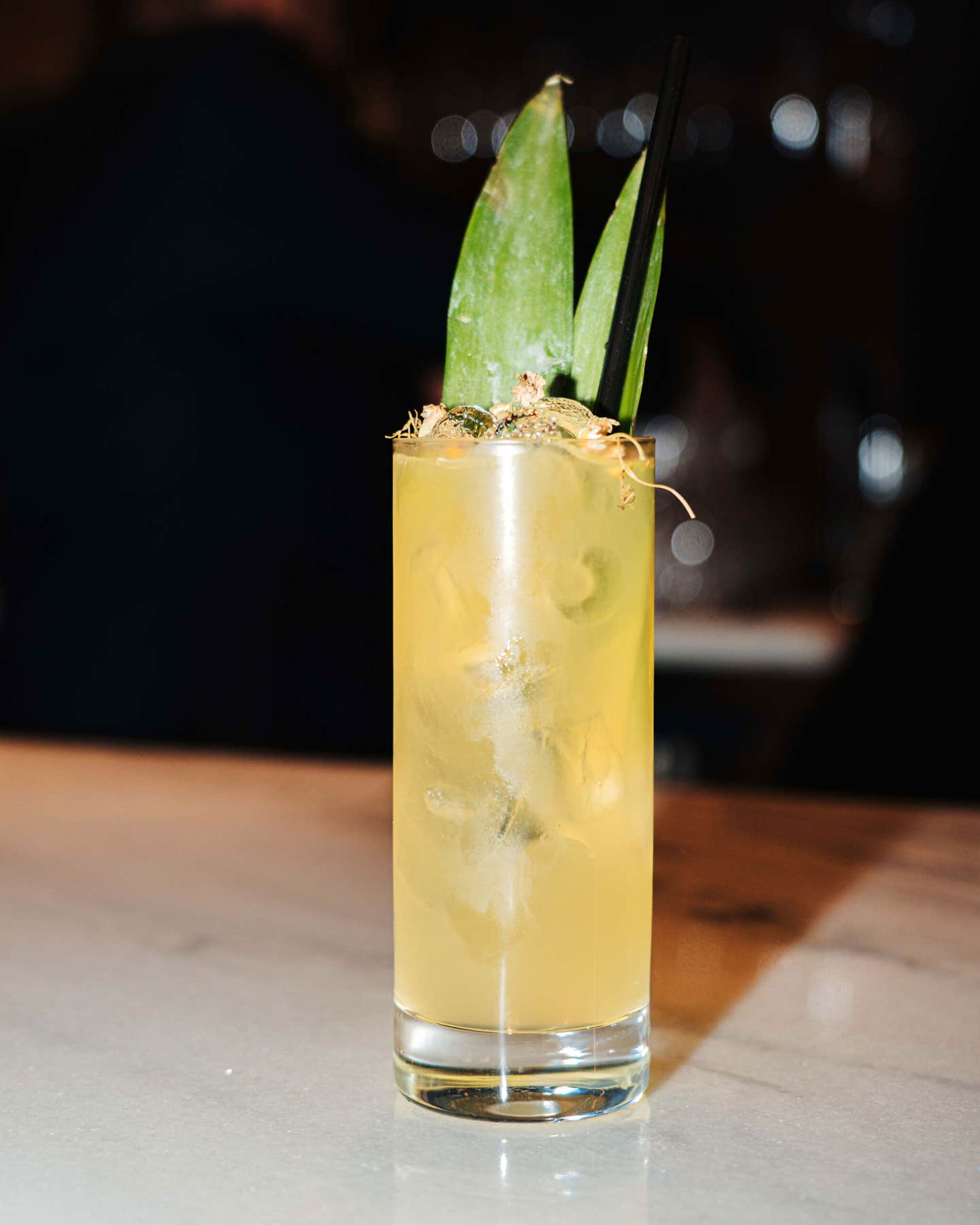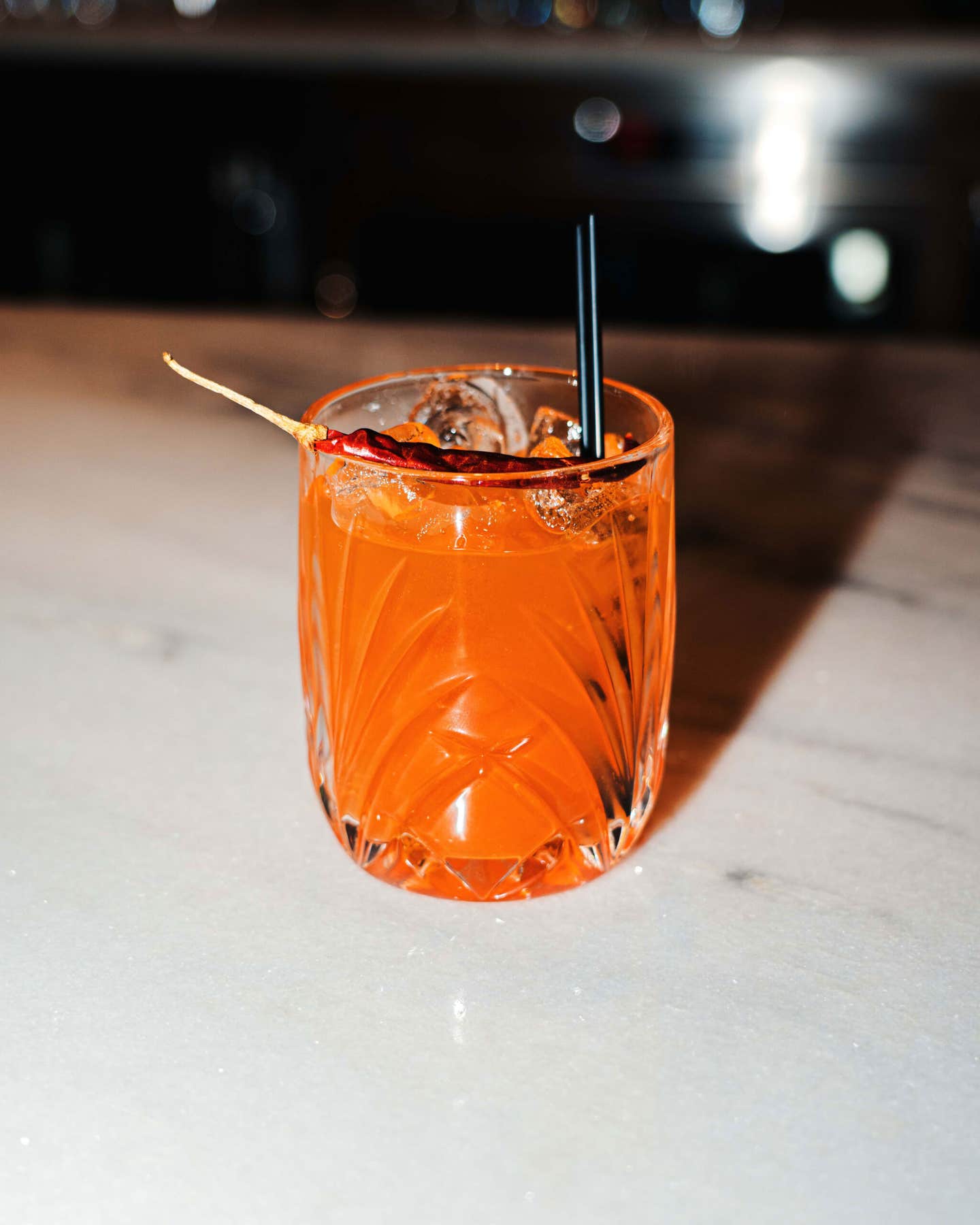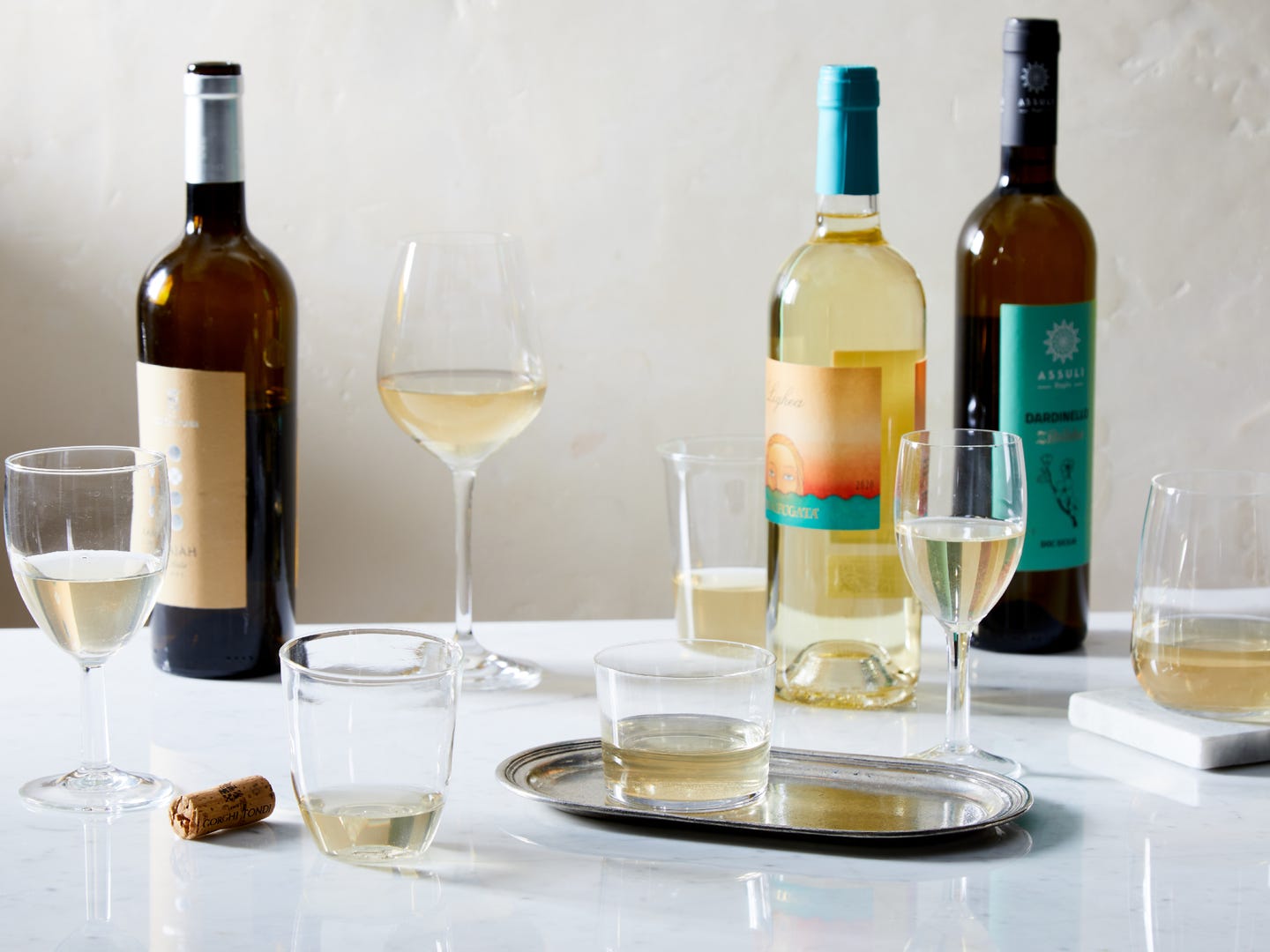
Moscato by Another Name Is Not as Sweet
An ancient Egyptian grape best known for its use in sugary dessert wines is the star of some of Sicily’s finest dry whites.
Some of the world’s greatest dishes demand a nip of wine or spirits to reach their full potential. Welcome to Splash in the Pan, where writer and drinks expert Tammie Teclemariam teaches you how to bring them to life.
If you’ve tasted any Sicilian wine, it was most likely a robust fruity table red with the slight bitterness typical of the Nero d’Avola grape. Wines made from Sicily’s traditional white varieties are less renowned and made in smaller production, but they give another perspective to this diversity of the region’s viticulture. On the western side of the mountainous Mediterranean island, high-altitude vineyards allow grapes to fully ripen without losing their acidity, resulting in fresh and structured white wines. White grapes like grillo and catarratto varieties thrive here, as does zibibbo—a grape historically used for dessert wines, and which local winemakers are currently rediscovering for its dry potential.
Outside of Sicily, zibibbo is best known as moscato, the same variety that ends up in bottles of spritzy-sweet Moscato d'Asti and many Southern French dessert wines. Even nearby, the cultivar is used in sweeter bottles; about 100 kilometers southwest of the Sicillian coast, on the island of Pantelleria, producers make a dessert wine called Passito by partially drying zibibbo grapes to concentrate their sugars before pressing. Also known as Muscat of Alexandria, this ancient grape is believed to have first been cultivated in Egypt. It was eventually brought to the island by North African Muslims who ruled Sicily off and on from the 9th through the 11th centuries. “Of course, they didn't make wine with it,” notes Marilena Leta of Tenuta Gorghi Tondi winery in the coastal Sicilian town of Mazara Del Vallo. Instead, she explains, the grapes were typically either eaten fresh or dried for raisins and stored. (The variety’s local name likely comes from the Arabic word for raisins, zabīb, which stuck around even after local producers started using the fresh grapes for wine.)
Tenuta Gorghi Tondi was created in 2000 and its first zibibbo harvest came in 2006. “Zibibbo is one of our most sought-after varieties, especially in this area,” Leta tells me. When asked about its increasing popularity, she credits the grape's aroma, as well as its tendency to thrive on the island, a “well-ventilated place with a lot of sun and salty air coming from the sea.”
Beyond local dialect, Sicilian culture is still heavily defined by centuries-old Arab influences and the island’s proximity to North Africa. Less than a century ago, Mazara Del Vallo was a booming port town where fishermen from all around the Mediterranean—particularly from nearby Tunisia—docked to sell their catch. Today, seafood couscous is one of the most famous dishes in this part of the island, and Leta notes that the towns of Mazara Del Vallo, Trapani, and Marsala, each have their own versions. Unlike in North Africa, she adds that in Sicily, it’s not unusual to serve couscous with wine.
As for the wine, most Sicilian zibibbo has the same rose and ripe lychee aromas that you might expect from sweet moscato, but dry and more restrained‚ like fruit at the peak of ripeness rather than cloyingly overripe. This crisp finish is ideal for pairing with savory and heavily spiced dishes like the local couscous.
On a recent visit to Sicily, I had hoped to find a local dish including zibibbo that would also pair well with the wine. It turns out, while it is not uncommon to add a splash of Sicilian Marsala to the pan in Italy, chicken Marsala is far more popular back in the U.S; there isn’t much tradition of cooking with wines in general on the island.
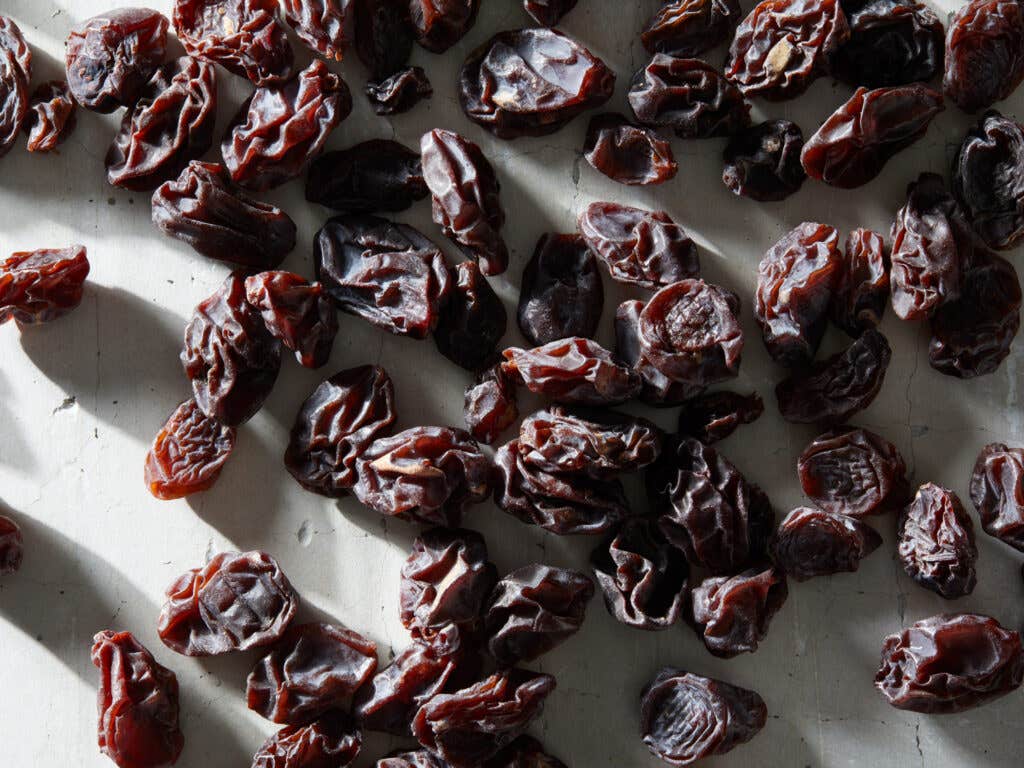
So when I got home, I decided to develop my own recipe. Rather than seeking out substitutes for the Mediterranean fish used in the coastal seafood dishes, I chose to make meatballs, which are also popular all over the island—not in the oversized, Italian American Sunday sauce sort of way, but smaller, and frequently made with fish or eggplant pulp as well as meat. I also decided to add raisins, which appear throughout Sicillian cuisine—most commonly in the lemony breadcrumb stuffing used to fill sardines. With a nod to the region’s North African roots, I seasoned the meatballs with tabil, an earthy Tunisian spice mix, then I simmered them in a light zibibbo wine sauce.
Saffron is another flavor brought to Sicily by Arabs centuries ago, though now it is also cultivated on the island, so to tie the dish together, I served the meatballs over saffron-scented couscous (saffron risotto, or even plain basmati rice would also work well.) Together, the wine, fruit, and spice in the dish harmonized with the layered aromas in the glass and evoked the flavors of Sicily, both historical and complex.
Recipe
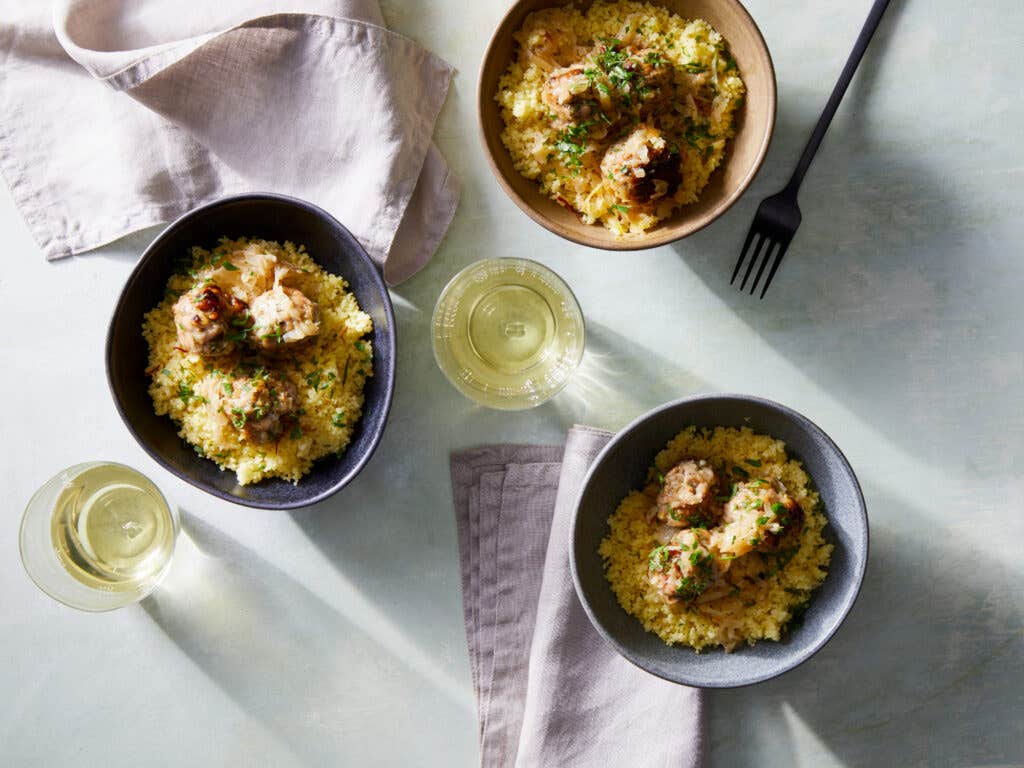
Keep Reading
Continue to Next Story




